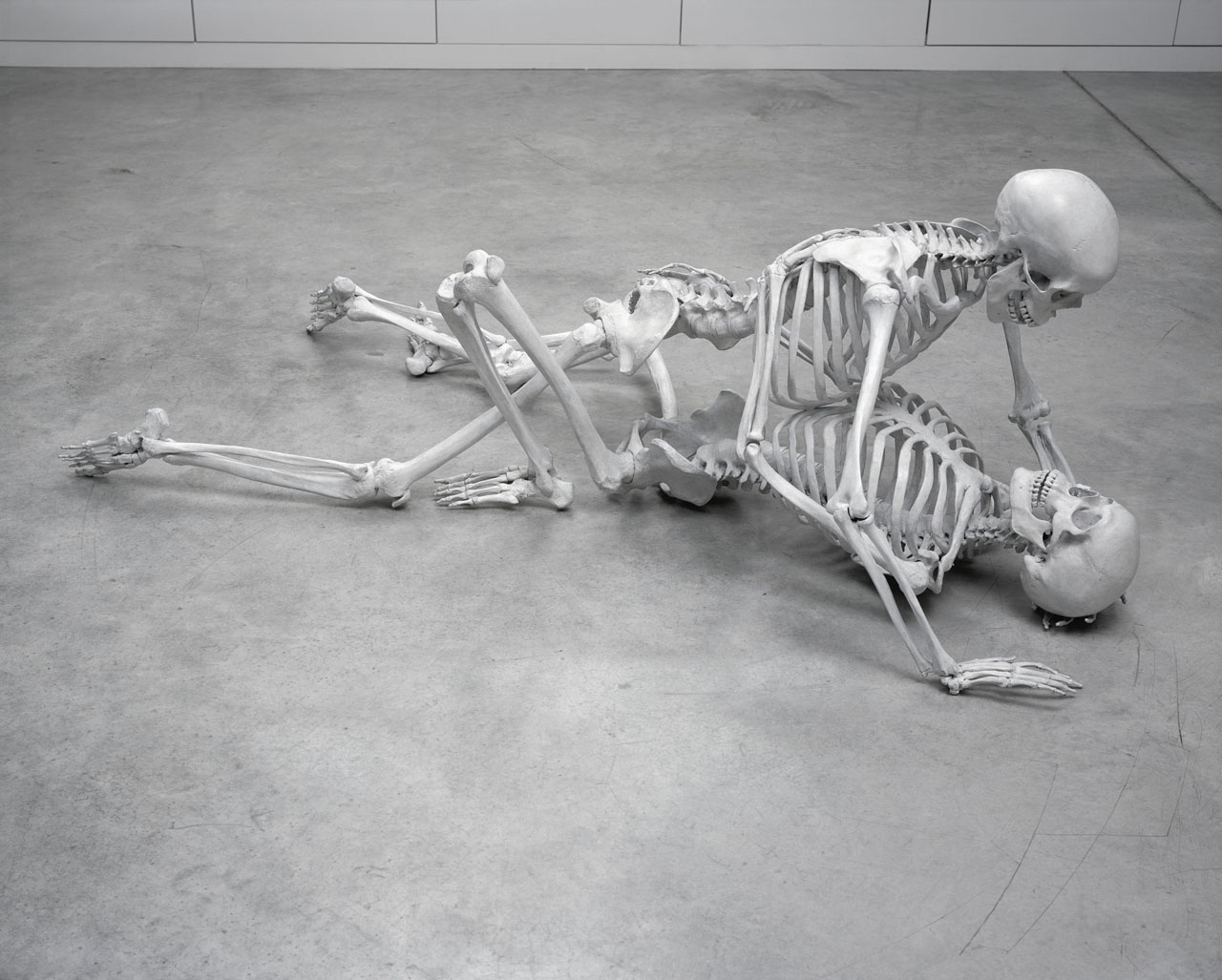
Foundation
Marc Quinn
October 5 → January 6, 2008
Gathering over forty recent works, DHC/ART’s inaugural exhibition by conceptual artist Marc Quinn is the largest ever mounted in North America and the artist’s first solo show in Canada
Coline Delbaere, Immersive Experience Producer at the PHI Multipurpose Centre, talks to four inspiring young women. Together, they lift the veil on ways to encourage and inspire the representation of women in the field of technology.
The PHI Cultural and Artistic Centre has partnered with the mobile video game development studio Square Enix Montreal, educational partner of THE INFINITE experience, as well as Concertation Montreal and its Montreal Movement Les Filles & le code, an initiative aimed at encouraging women to take an interest in careers and training in technology.
Based on a shared desire to promote art and high technology to young people, this collaboration highlights the importance of gender parity in the design of technological experiences.
In order to inspire more women to join the ranks of the technology sector, Marie-Jade Lucier, Salma Zaghloul, Audrey Coulombe and Elianne Rochefort, four young female collaborators between the ages of 18 and 25, identified by the Montreal Movement Les Filles & le code with the support of Square Enix Montreal, confided in us about the path of women in technology and the different issues that are related to it.
· · ·
PHI and Square Enix Montreal have invited these four young women passionate about art and technology to discuss with PHI’s immersive experience producer, Coline Delbaere.
This conversation has been transcribed and edited by Louvia Lafrance for clarity and length. Read the full article here.
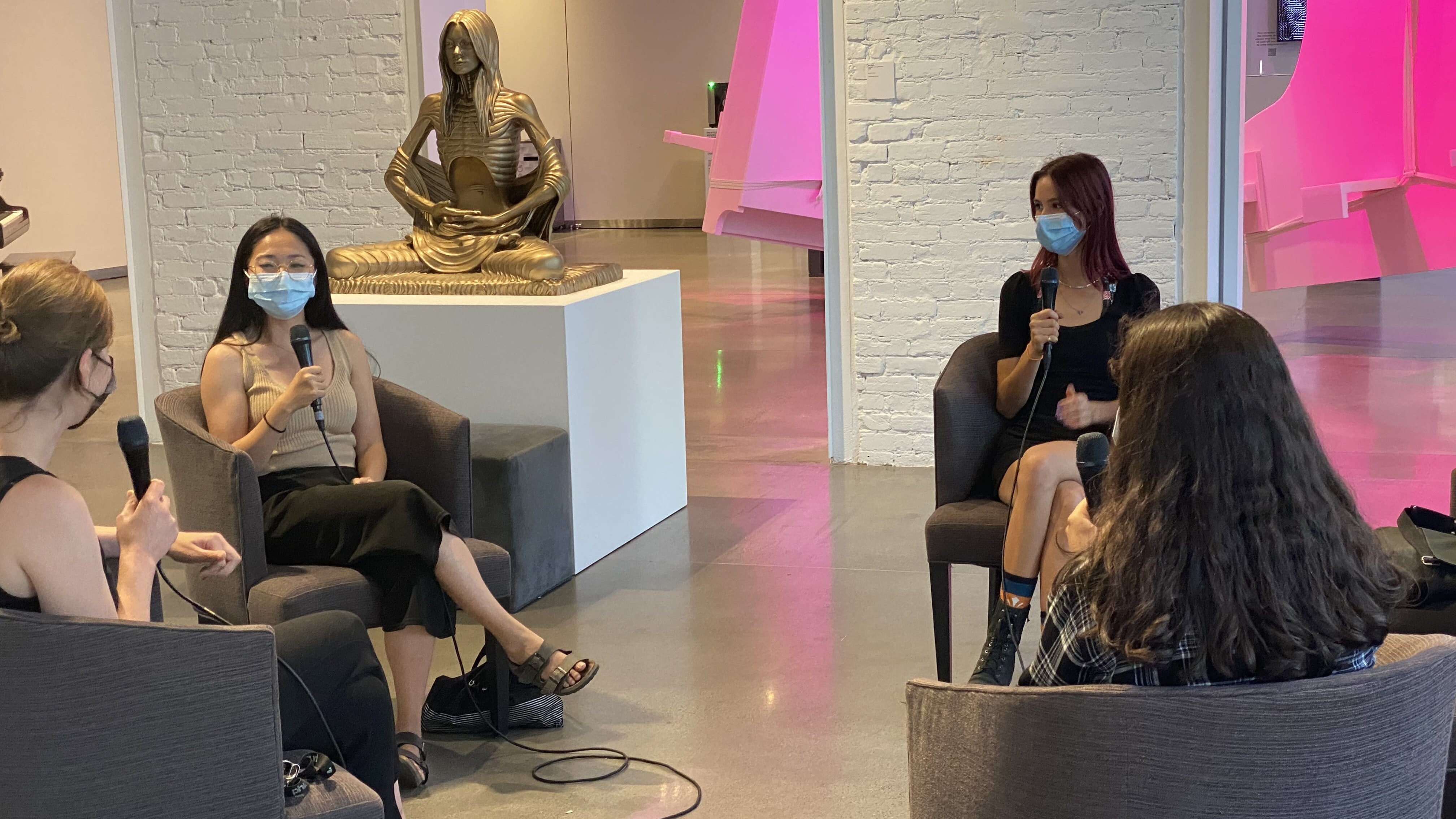
COLINE DELBAERE: I have a degree in political science. From my previous experiences in a decentralized embassy department, a theatre company, a record production company, and film, I consider myself a very versatile person. Since 2017, I have been a producer of immersive experiences, and I work with actors from many artistic disciplines. In 2018, I was appointed as a full member of the Digital Experiences commission of the Centre National du Cinéma in France. In 2019, I joined the PHI team intending to develop new forms of storytelling, and I work skillfully to produce complex interactive projects. I approach these with a global vision, and I always keep in mind the evolving exploitative conditions of creatives and the meeting with the public.
AUDREY: I studied fashion design in college. That's where I learned about smart clothing. So I became more interested in the electronic, computer, and digital side of things. I am currently working at Vestechpro, a research and innovation centre in clothing. I am also studying Computation Arts, a program offered at Concordia University that combines art and technology in general.
MARIE-JADE: I am a fashion design student. I have a bachelor's degree in chemistry, and I also took courses at UQAM in computer and electronic systems. I am particularly interested in connected clothing. I am fascinated by the different ways of combining fashion, clothing, and technology.
ELIANNE: I am a student at Collège de Bois-de-Boulogne. I am currently doing a technical program in multimedia integration. It's a fairly general program that touches on everything digital: programming, Web, video games, graphic design, UX, etc. I am also a member of the Women in Tech group. This group aims to encourage women to get involved in the digital world. We are currently working on creating a website to disseminate the testimonies of female professionals in the industry. I consider it a very nice project, and the mission is important.
SALMA: I am a student in Natural Sciences at Collège de Maisonneuve. Since I started robotics when I was twelve, I also have experience in the technology field. In the beginning, I was working on developing my entrepreneurial skills, making business plans, presenting our team projects in robotics, etc. Later on, I became more interested in the technical side of things. So I did more mechanics, especially in three-dimensional modelling. Then I turned to programming. My favourite was Python. It's object-oriented programming (OOP) a little more specific to artificial intelligence.
COLINE DELBAERE: Marie-Jade, do you know Audrey and the activities of the company she works for?
MARIE-JADE: Yes, in fact, I also worked at Vestechpro for two years. That's where I met Audrey. Thanks to this research centre, I also discovered that mixing science, clothing, and fashion was possible.
COLINE DELBAERE: Salma, it's interesting to see that you’ve gone through all the layers in depth. Is there a project you've worked on that has particularly stood out for you so far?
SALMA: The summer of my fourth year of high school, I participated in an internship at the Centre de Recherche Informatique de Montréal (CRIM). We were trying to enable the robot to detect different components in the field and make decisions by itself. The goal was to have our Python program see the various parts and send information to the Java program, which controls the robot's motor skills.
COLINE DELBAERE: As far as connected clothing is concerned, is the objective functional or is it more to use it as an artistic medium?
AUDREY: I'm open to everything. I prefer more artistic projects. However, with my job, I get to work on projects that are more practical and functional. I like to do both. I find that designing functional projects provides some knowledge that can be useful when developing artistic projects. For example, breathing strips can be interesting for art projects and garments that collect biometric data. It comes from the trend of connected self-measurement.
COLINE DELBAERE: I'm guessing that basic connected wearables allow you to observe body heat?
AUDREY: There are some that do that, among other things. Many devices can be tailored to the body and look at temperature, breathing, or heart rate, for example.
COLINE DELBAERE: How do you feel as a woman in this world? I recently read an article that made me laugh. It explained that until the 1970s, the entire computer industry was almost exclusively reserved for women. This was because, during World War II, men were on the front lines and women were behind the scenes. Women analyzed all the early monolithic computers, ballistic codes, and enemy codes. Today, the technology community is 80 percent male and 20 percent female. To me, there's nothing to explain that, other than discrimination, or just a lack of desire to get involved.
SALMA: It's funny you should say that. In seventh grade, I was working on an end-of-year project for the international program. At the end of the year, you had to answer a problem and find a solution. Being immersed in the world of robotics, science and technology, I quickly noticed how underrepresented women were in engineering. So I did some research and was pleasantly surprised to discover that the first person to develop a computer language was a British woman. If I remember correctly, it was Ada Lovelace. Some theories about this lack of diversity explain a lack of concrete female success stories in science and engineering.
MARIE-JADE: I think there is definitely a lack of female role models that allow us to see that computer science can be an interesting field. I think the way it's represented now is not necessarily inspiring.
SALMA: Well, the project I was working on was to create introductory engineering and programming workshops. So I had reserved the school's computers and created publicity for the event. About 15 people showed up, and I was really surprised. To prove the success of my project, I had to collect data at the end of the workshop. I found that 67% of the students who showed up were interested in pursuing this field.
COLINE DELBAERE: Once a woman decides to enter this world, she will naturally surround herself with more women. At my first festival in Venice, where I was, I worked only with men. One of our projects had been selected, and among the complete selection, there were two young Danish women. It was their graduation project and it ended up in a category A festival. Everything was very well thought out, and it was a beautiful project. Users had to place themselves in a hospital bed with a virtual reality (VR) headset and play the role of a sibling. An embodied cognition representation was also performed, and so once you were wearing the VR headset, you could see scenes that represented you in bed looking at your own legs. Because nothing was gendered, it was impossible to know if you were a man or a woman. Depending on what was happening in the digital virtual world, they would touch people at certain times to make the virtual reality optimal. There were also certain smells, whether a glass of beer or a candle going out to represent death. Some things were very evocative. The young women’s names were listed in nearly every role when you look at the project’s credits. They had done almost everything themselves, and they started their own company called MANND. All of their lectures are amazing, and I think it brings a certain sensitivity to their work. All this to say that, for me who used to work in a mostly male company, the fact that I could see their creations really impressed me. I realized the importance of having female roles in our business.
ELIANNE: Precisely, Women in Tech collects several testimonies of women coming from different fields in technological environment. Since new branches are constantly being created, we try to collect as many testimonies as possible to educate those who are trying to choose a program or to motivate some to stay digital by finding their place.
COLINE DELBAERE: This is one of your initiatives, right?
ELIANNE: No, it's one of my professors at Bois-de-Boulogne College who received funding from the Ministry of Higher Education. So I'm working on the project with four other girls. We have already done some filming with women from the community. The goal is also to go to schools, show young people how things are done, and open up new opportunities for them.
How do you feel about this—being a woman in a man's environment?
COLINE DELBAERE: That's a good question. The PHI Centre is predominantly female, so that's fine. However, I feel it a lot in my collaborations. On a daily basis, I sometimes hear things that are a little strange. I am a producer and I often have to talk about money. I have travelled a lot with a director during the realization of a project. When our partner in France would start talking about money, he would turn to him without even realizing it, simply because he was a 50-year-old man and I am a young woman. So you have to go back to the conversation and tell yourself that just because you're a woman doesn't mean you can't talk about these things.
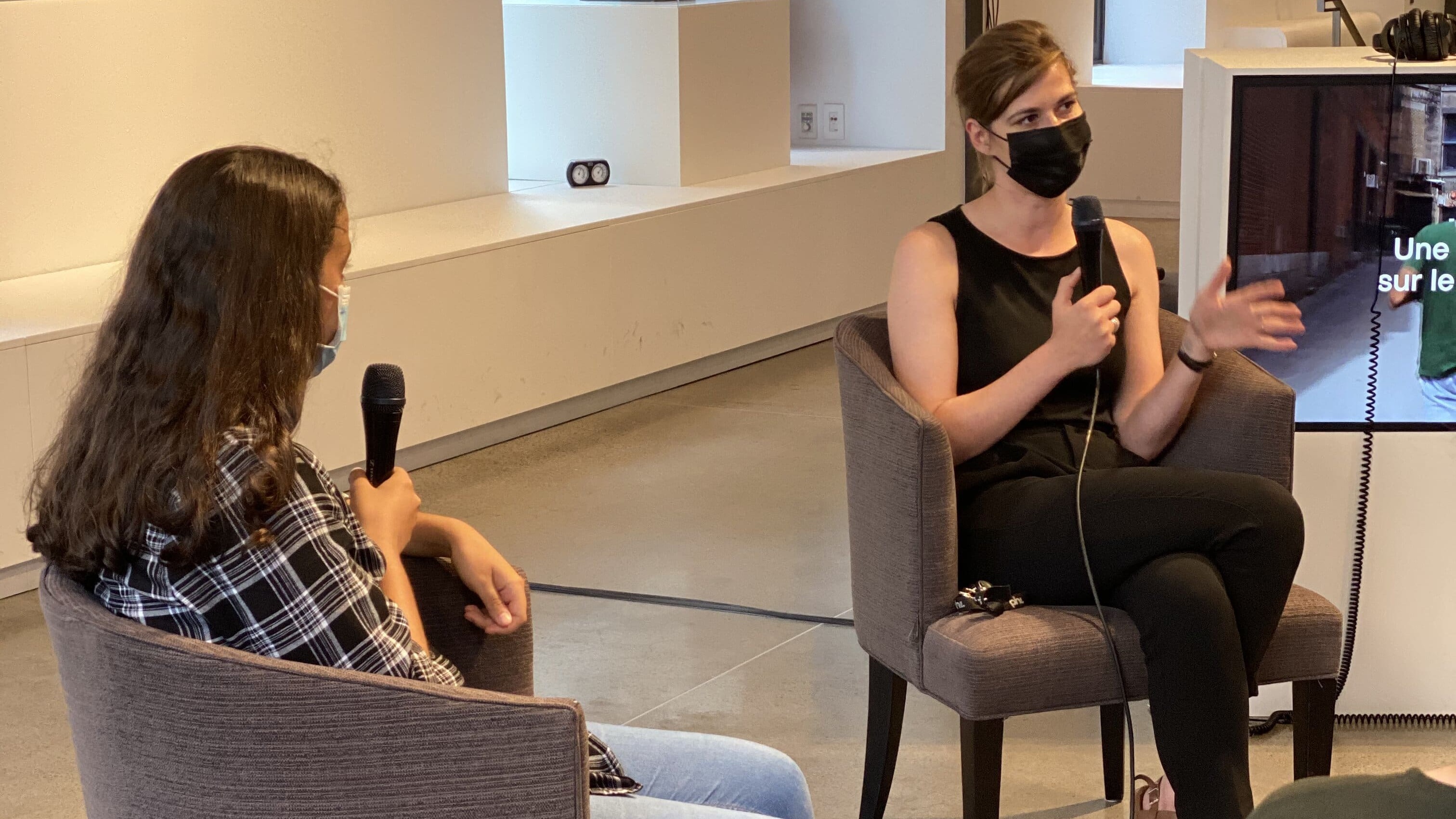
AUDREY: Has it gotten better in the last decade? Have women taken their rightful place? Are we on the right track or do you think there's still a lot of work to be done?
COLINE DELBAERE: I find it challenging to have a global vision. The artistic milieu is often more open-minded. These are people who want to tell stories, to change things using one medium or another. Art is generally a mode of communication. From there, I want to say yes. But the field I am in is biased. My role at the Centre National du Cinéma et de l'Image Animée allows me, however, to have an overview. I receive all the XR files, both in writing, development and production, every two months. It allows me to see how many projects are being carried by women. There are women on the projects, but there are relatively more female writers and directors than female coders or tech roles. There are things we don't see.
On THE INFINITE project we worked on, some vignettes vary from 45 seconds to a minute and a half, and they all have a theme. They allow us to meet characters, and they are divided into several chapters according to the narrative. In the beginning, it was the subject of a larger montage with fifteen-minute episodes. They're called hotspots. My favourite hotspot in this project is in the last chapter and talks about the first 100% female ISS spacewalk. It was very beautiful. So two female astronauts in the shot, tell us their perspective on this historical moment, that was not initially planned. In the end, I watched them all a lot as I was testing the project in production, and that one hotspot, I realized, was introduced by a male voice-over for 30 seconds, which made sense in the context of the episode because there was a transition, but not in the context of a hotspot.
It made it seem like they needed a male spokesperson and that bothered me. There are still things that men don't see right away and they need to be pointed out. In this case, the director was not difficult to convince at all. It took two seconds of debate for him to agree to make the changes in the edit.
MARIE-JADE: More specifically, what do you do at the PHI Centre as a producer?
COLINE DELBAERE: The role of a producer varies according to the field. In my case, it's finding funding. It's a lot of understanding a project and how to make it possible. Then you have to oversee the production, do the planning and manage the teams. Namely, the investment funds that are interested in this field are often innovation funds. So we have to explain to them what's new in the project and whether we’ll have to develop it ourselves. I've had to immerse myself in technology to better understand the projects I'm working on.
SALMA: I feel like as a producer, you have a holistic view of projects and the immersive experience.
COLINE DELBAERE: That's kind of my strength and my constraint. That is, yes, there is a vision. But then, once you're in the project, you also have to understand what all the steps are to bring it to fruition while maintaining the overall vision and good team cohesion. I often use this metaphor, but a project is like a team wedding. Sometimes we haven't bothered to live together before we get married. You really have to understand each other's roles and responsibilities and keep the communication honest. Every project is different.
In Marie-Jade's view, the lack of inspiring and engaging female role models in colleges is a barrier to young female students' involvement in the IT industry. To reverse the stereotypes that often influence the career choices of young female students, more fun and stimulating IT-related experiences should be promoted in the Quebec school system.
To address this under-representation of women, Elianne is currently working on creating a website that collects fascinating testimonials from women in various fields of technology. She hopes this initiative will help young people make an informed decision about their career direction.
Audrey also shares this desire to increase the presence of young women in the digital world. It is precisely by providing more visibility to female role models that the "male" culture in IT can be mitigated.
According to Salma, a student in Natural Sciences, this reshuffling of the predominant figures in the field could only be beneficial. Adding female staff to a work team increases the diversity of opinions and the expression of various perspectives.

Foundation
Gathering over forty recent works, DHC/ART’s inaugural exhibition by conceptual artist Marc Quinn is the largest ever mounted in North America and the artist’s first solo show in Canada
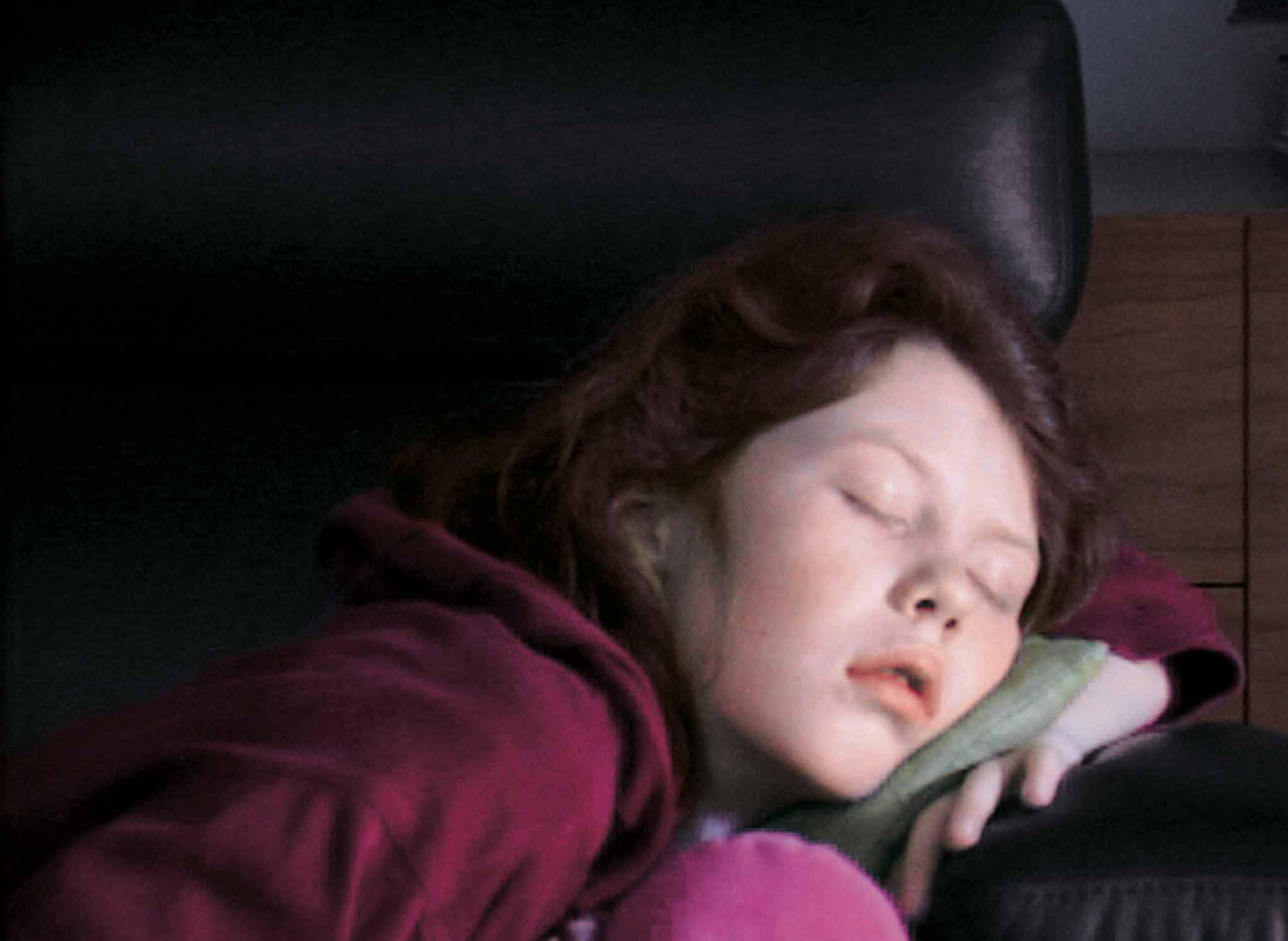
Foundation
Six artists present works that in some way critically re-stage films, media spectacles, popular culture and, in one case, private moments of daily life
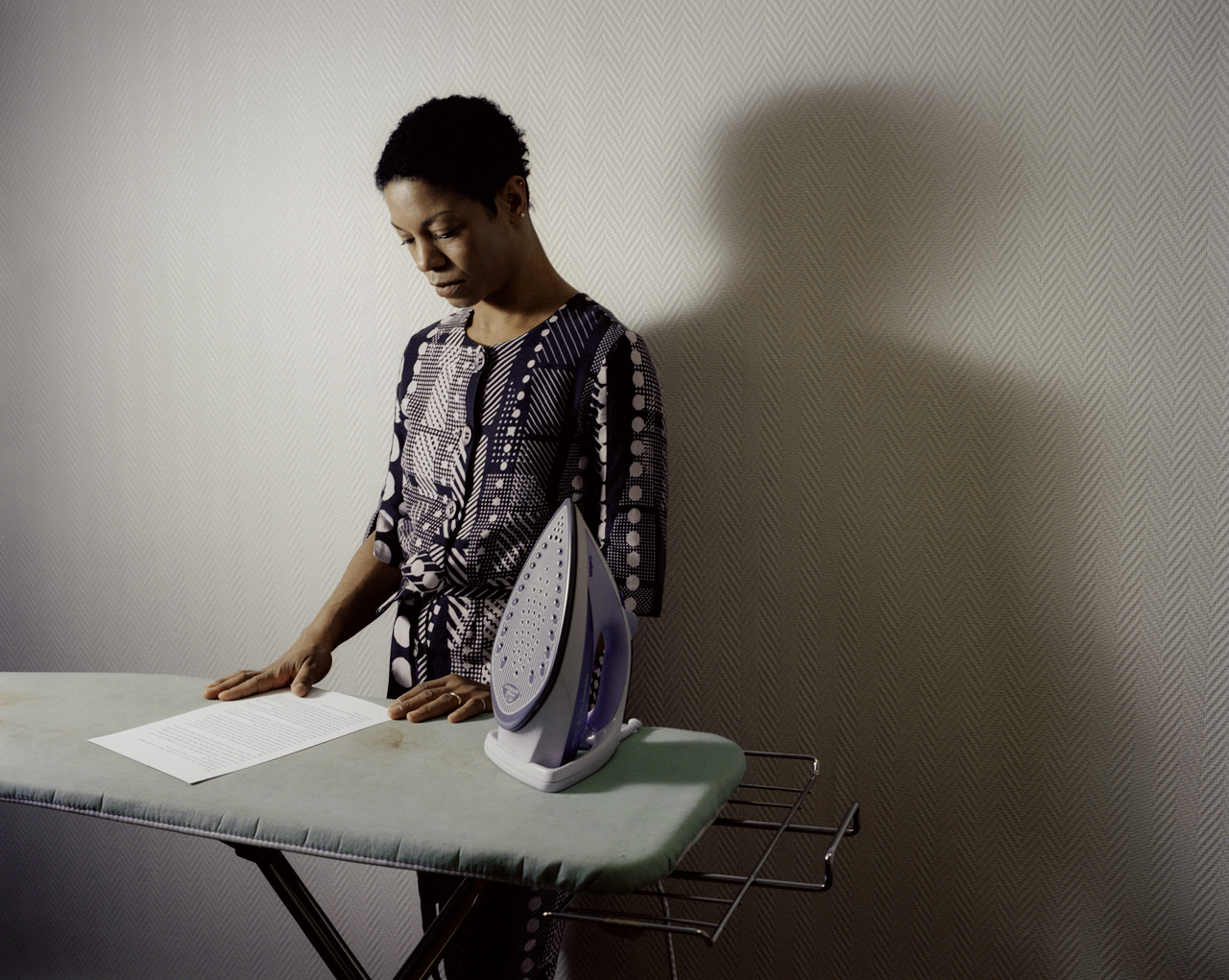
Foundation
This poetic and often touching project speaks to us all about our relation to the loved one
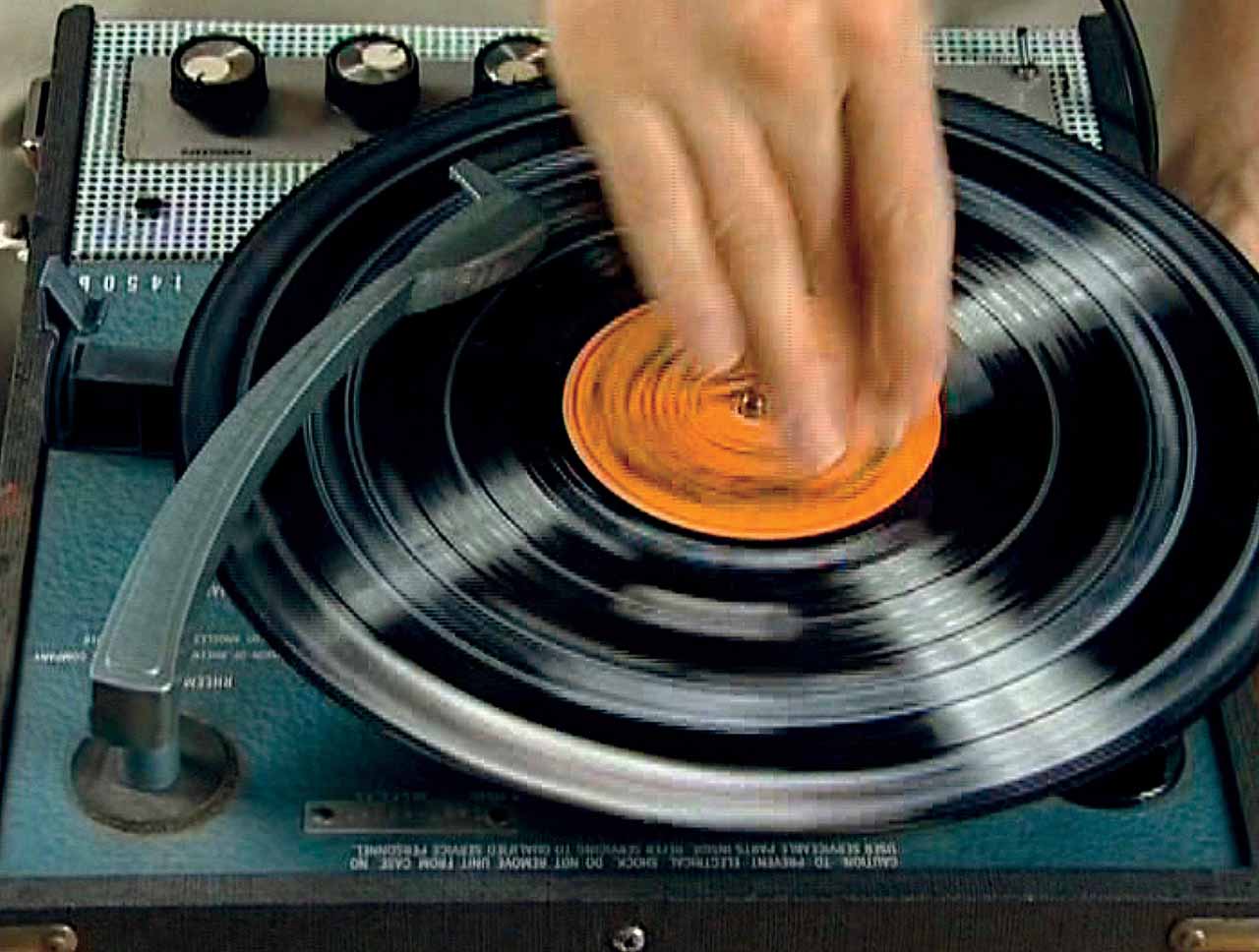
Foundation
DHC/ART Foundation for Contemporary Art is pleased to present the North American premiere of Christian Marclay’s Replay, a major exhibition gathering works in video by the internationally acclaimed artist
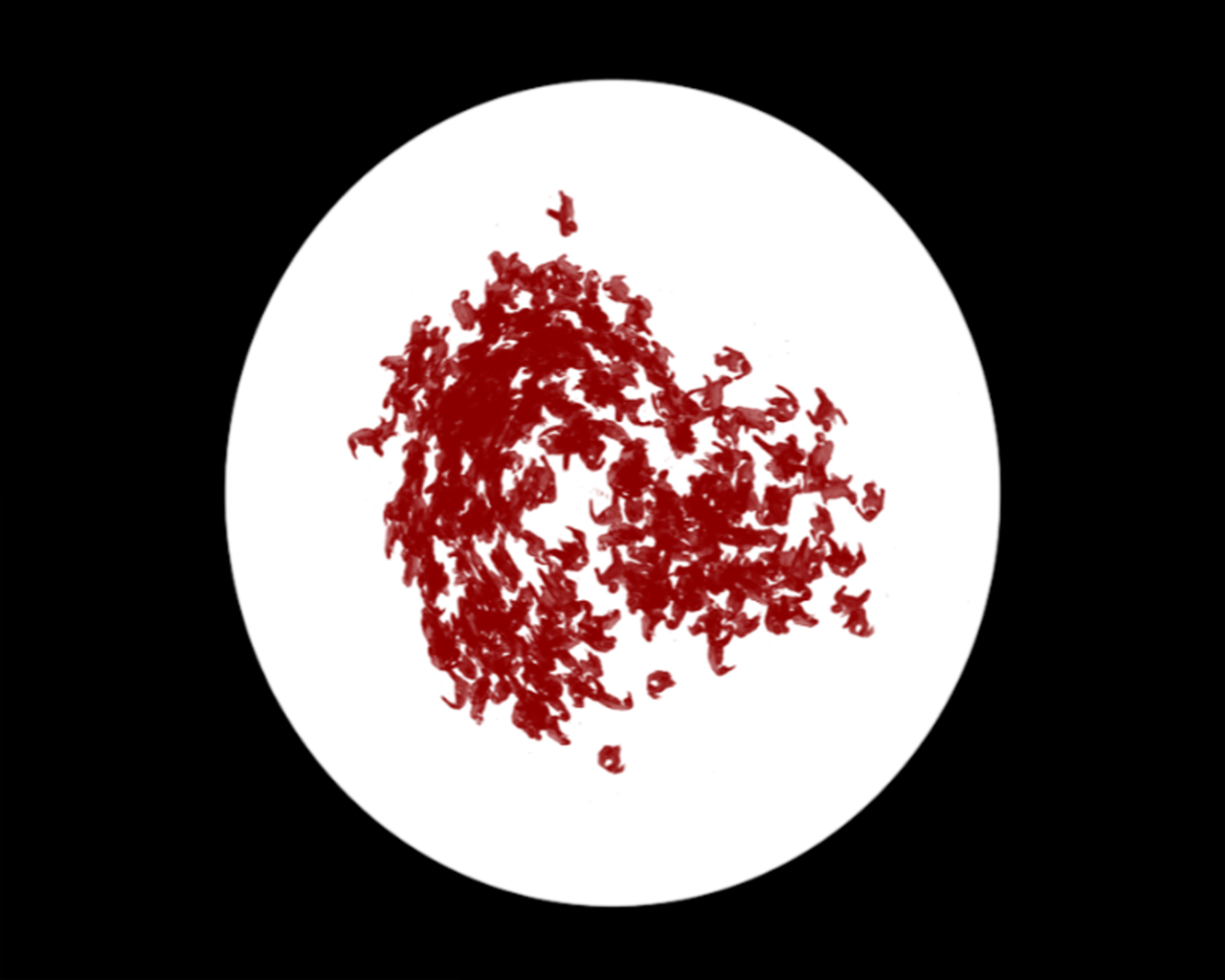
Foundation
DHC/ART is pleased to present Particles of Reality, the first solo exhibition in Canada of the celebrated Israeli artist Michal Rovner, who divides her time between New York City and a farm in Israel
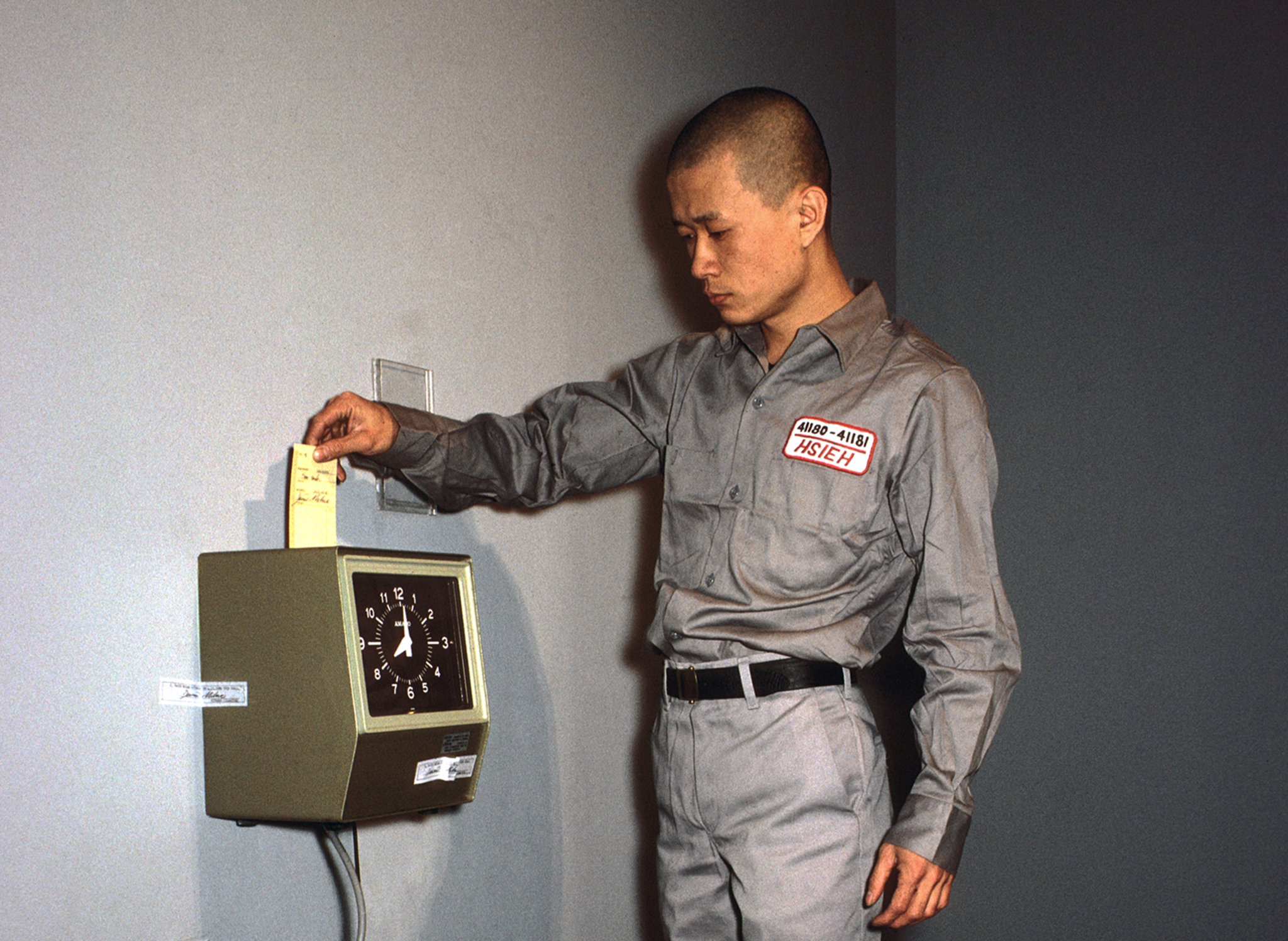
Foundation
The inaugural DHC Session exhibition, Living Time, brings together selected documentation of renowned Taiwanese-American performance artist Tehching Hsieh’s One Year Performances and the films of young Dutch artist, Guido van der Werve
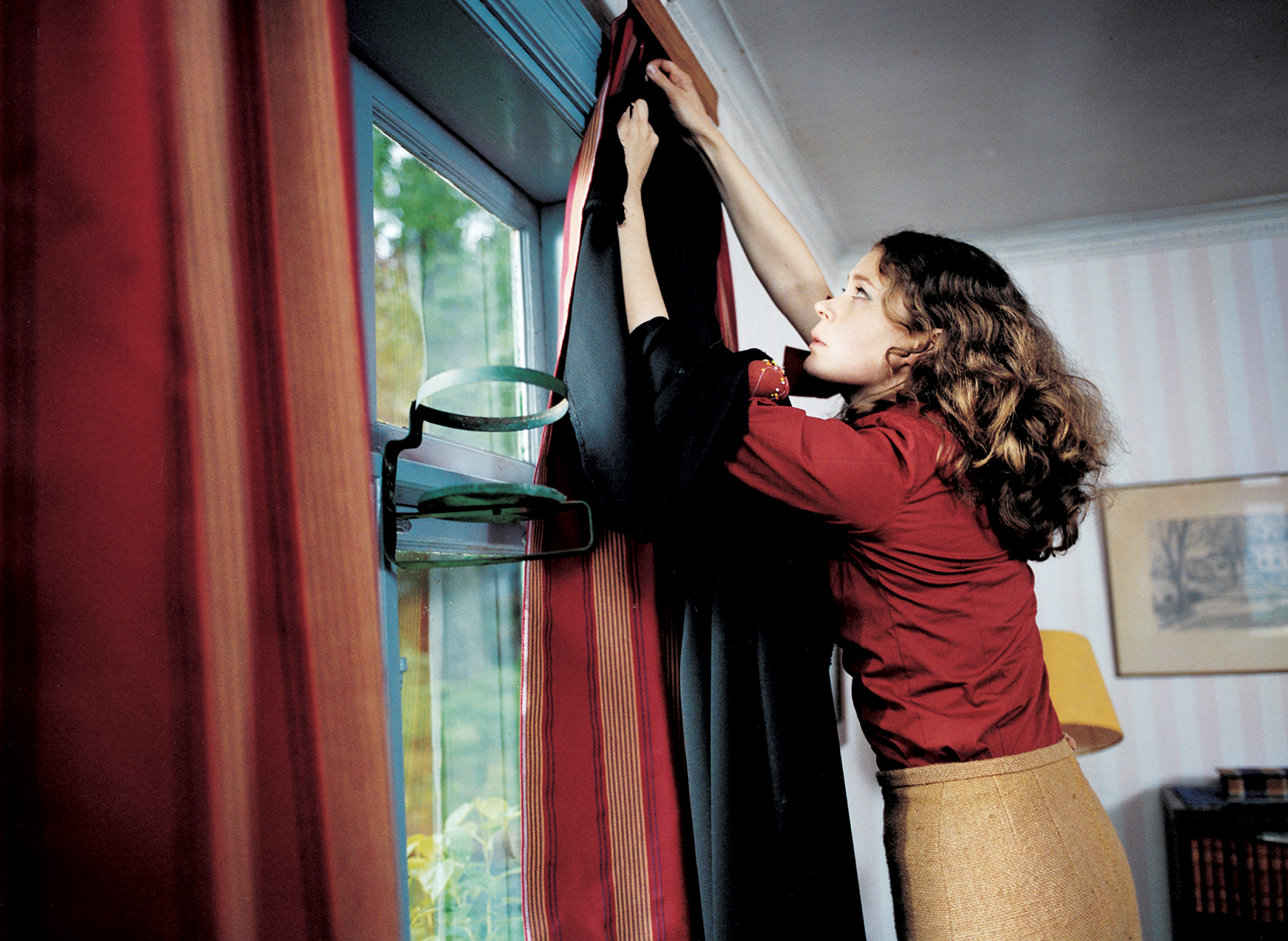
Foundation
Eija-Liisa Ahtila’s film installations experiment with narrative storytelling, creating extraordinary tales out of ordinary human experiences
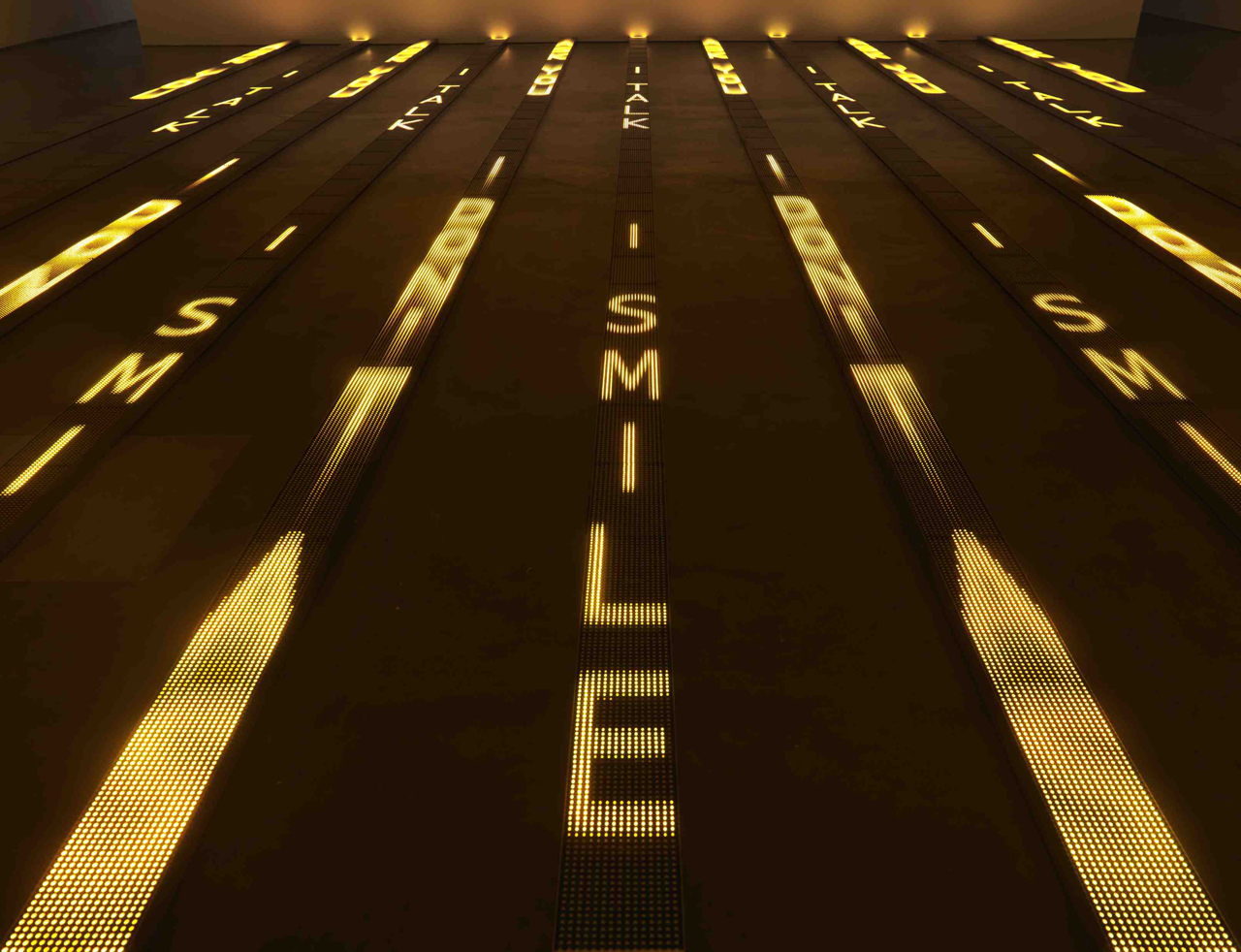
Foundation
For more than thirty years, Jenny Holzer’s work has paired text and installation to examine personal and social realities